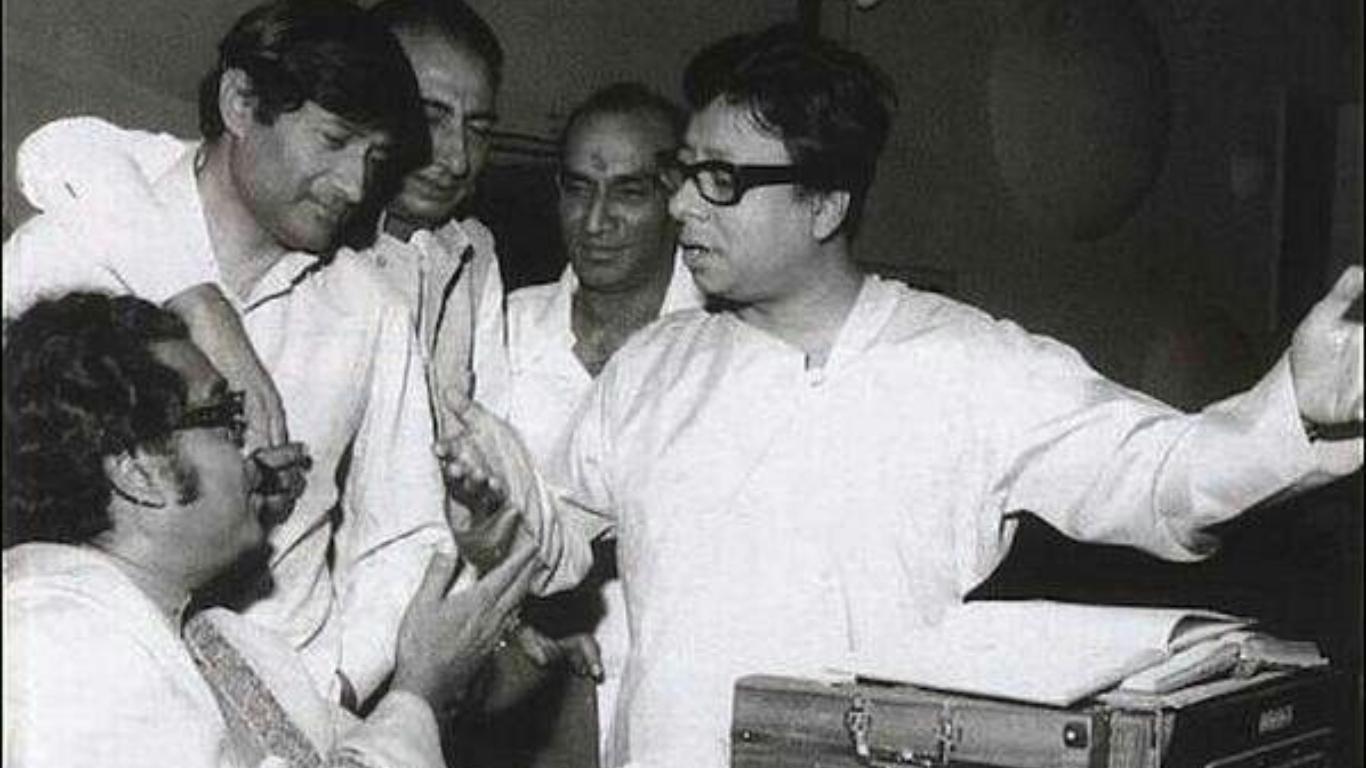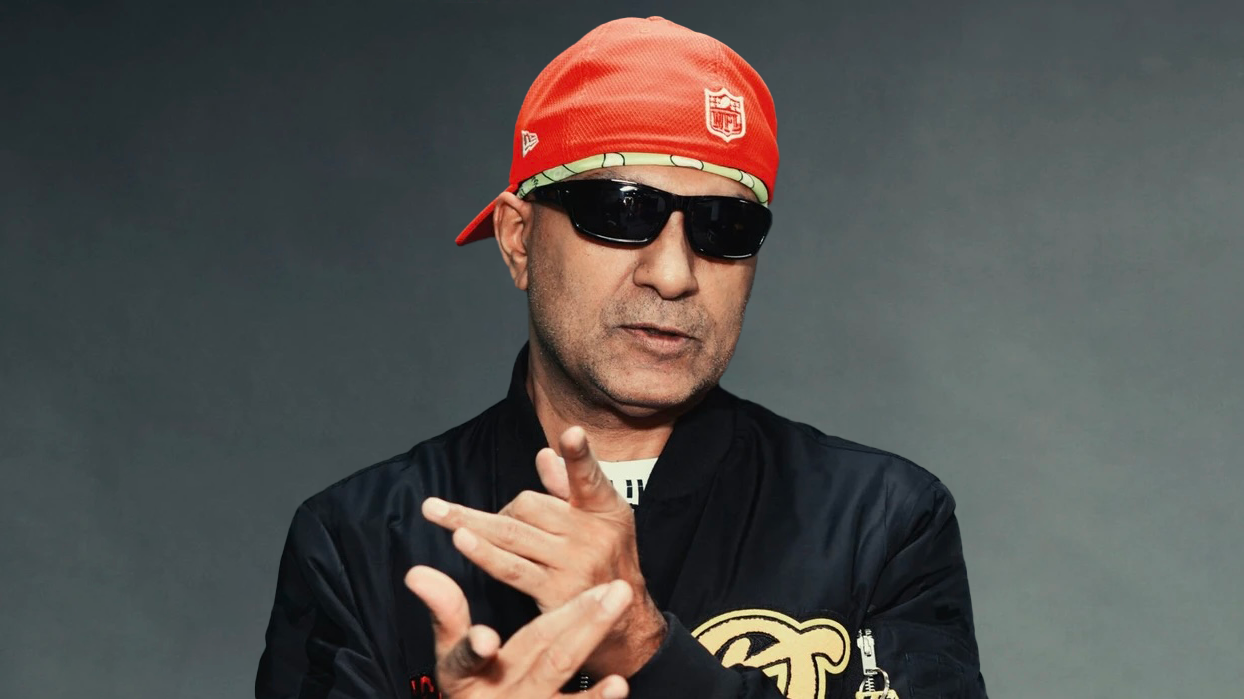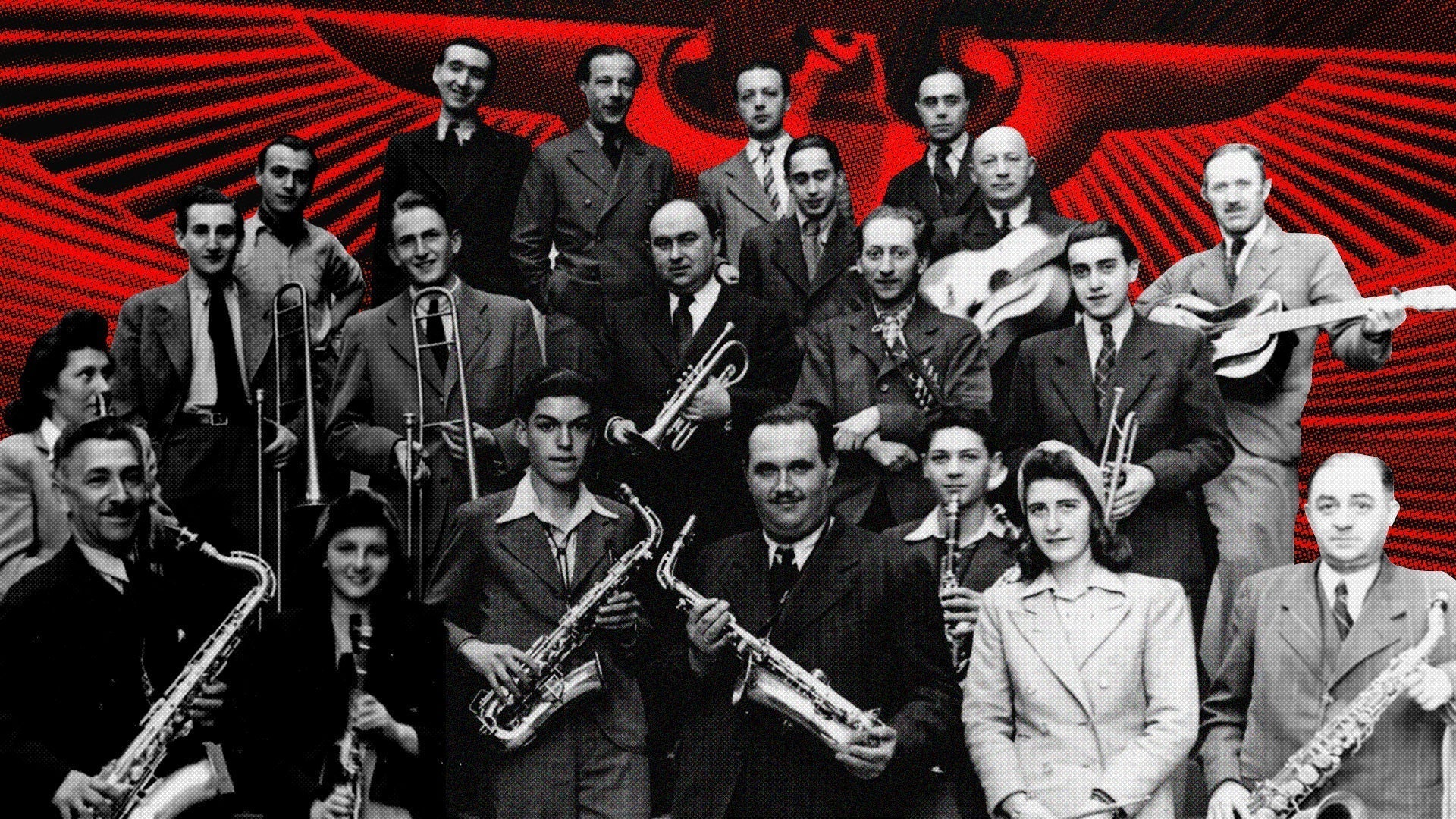The Experimental Genius of R.D. Burman: Celebrating Pancham's 85th Birth Anniversary
·

·
An ominous screech echoed through the silences of Ramgarh’s arid, rocky landscape, as the harsh winds unraveled Thakur Baldev Singh’s worst nightmare: his entire family lay dead.
Massacred by the notorious dacoit Gabbar Singh. It was at this moment that the audience came to recognise Gabbar beyond the folklore. Here was Gabbar in his trademark cold-blooded monstrosity.
And part of what groomed his villainy was, as Amjad Khan recalled in a later interview, R. D. Burman aka Pancham’s eerie background score (interestingly India’s first stereophonic one).
How did this score come about?
A Facebook post says, “Pancham had made a musical instrument out of the casing of a truck differential and welded metal rods around it. When struck with the bow of a sarangi, it emanated that shrill, haunting sound.”
This was not unusual for a man whose portfolio included using a modified matka pedal drum (“Saamne Ye Kaun Aaya”), using breath as a pacy, percussive filler (“Piya Tu Ab To Aaja”), creating a riff out of a glass (“Chura Liya Hai Tumne”), blowing into beer bottles for a flute-like sound (“Mehbooba Mehbooba”), or using gargles for BGM.
Here was a de facto maverick whose musical ingenuity knew no bounds. Any tangible object could be his next musical instrument.
This was the beauty of the sounds of Pancham.
Not only that, he could sense sonic trends afresh. In an interview, Pancham, Gulzar and Asha Bhosle recalled the use of flanging guitars in “Dhanno Ki Aankhon Mein”, noting how odd that sounded to the musicians then, but became iconic with time.
Something similar happened with Pancham. Despite a star-crossed relationship with Filmfares, in which he won only three out of 15 nominations, and an all-time career low in the late ‘80s, “history has been kind to him,” as Javed Akhtar puts it.
Filmfare instated a tribute award for New Music Talent in Burman’s name and die-hard fans lovingly remember Pancham as the “musical scientist” who revolutionized the sounds of the ‘70s.
Pancham would have been 85 today, a happy man, knowing his music is still as relevant as ever.
Massacred by the notorious dacoit Gabbar Singh. It was at this moment that the audience came to recognise Gabbar beyond the folklore. Here was Gabbar in his trademark cold-blooded monstrosity.
And part of what groomed his villainy was, as Amjad Khan recalled in a later interview, R. D. Burman aka Pancham’s eerie background score (interestingly India’s first stereophonic one).
How did this score come about?
A Facebook post says, “Pancham had made a musical instrument out of the casing of a truck differential and welded metal rods around it. When struck with the bow of a sarangi, it emanated that shrill, haunting sound.”
This was not unusual for a man whose portfolio included using a modified matka pedal drum (“Saamne Ye Kaun Aaya”), using breath as a pacy, percussive filler (“Piya Tu Ab To Aaja”), creating a riff out of a glass (“Chura Liya Hai Tumne”), blowing into beer bottles for a flute-like sound (“Mehbooba Mehbooba”), or using gargles for BGM.
Here was a de facto maverick whose musical ingenuity knew no bounds. Any tangible object could be his next musical instrument.
This was the beauty of the sounds of Pancham.
Not only that, he could sense sonic trends afresh. In an interview, Pancham, Gulzar and Asha Bhosle recalled the use of flanging guitars in “Dhanno Ki Aankhon Mein”, noting how odd that sounded to the musicians then, but became iconic with time.
Something similar happened with Pancham. Despite a star-crossed relationship with Filmfares, in which he won only three out of 15 nominations, and an all-time career low in the late ‘80s, “history has been kind to him,” as Javed Akhtar puts it.
Filmfare instated a tribute award for New Music Talent in Burman’s name and die-hard fans lovingly remember Pancham as the “musical scientist” who revolutionized the sounds of the ‘70s.
Pancham would have been 85 today, a happy man, knowing his music is still as relevant as ever.






Comments